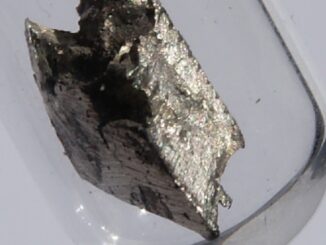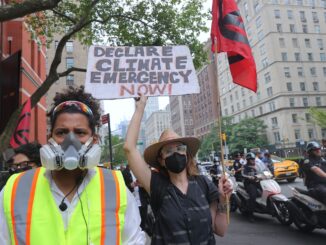
Essay by Eric Worrall
Poor timing guys, Halloween was a week ago.
Why scientists are using the word scary over the climate crisis
The former BBC environment analyst Roger Harrabin has spent his career talking to scientists. Now they’re telling him they’re scared of what they’re seeing
Roger Harrabin Mon 7 Nov 2022 19.30 AEDT
Back in the 1980s, when climate research began to really take off, scientists were desperate to retain their credibility as they unravelled the potentially dire consequences of the “new” phenomenon of global warming. Most journalists tiptoed round this topic because no one wanted to lose their reputation by scaremongering. But as the science steadily became overwhelming researchers pushed their conclusions in the face of policymakers.
More and more scientists are now admitting publicly that they are scared by the recent climate extremes, such as the floods in Pakistan and west Africa, the droughts and heatwaves in Europe and east Africa, and the rampant ice melt at the poles.
…
The heat phenomenon in the Canadian town of Lytton, for instance, produced a “dome” of trapped heat that cranked up the temperature to 49.6C. Wildfires raged and the town was razed. I broke the news to one of the Royal Society’s leading members, Prof Sir Brian Hoskins, but at first he did not believe me. Then he said: “Oh, my god, that’s really scary.”
…
Scientists are also frustrated by the limitations of their knowledge. Prof Richard Allan, a lead author for the Intergovernmental Panel on Climate Change (IPCC), said: “Climate change is only going to get worse. A global rise of 1.5C will be much worse than now. But when you get down to local scales we’re getting extremes than the models can’t capture. That includes local-scale droughts and floods. It’s these events that are difficult to picture.”
…
Seriously? Is this the $trillion disaster they’ve all been warning us about? A freak hot day in a Canadian town?
49.9C (121F) is hot, but totally survivable. I used to work in temperatures hotter than 49.9C. One particularly hot day the temperature hit 55C (131F) in the factory. There were clouds of steam floating around the factory floor, from the leaky hydraulic hot presses. The management brought us drinks every 5 minutes, but we kept on working. It never occurred to us to stop – we had bills to pay.
I feel sorry for people who lost their homes in the Lytton fires – but in Australia we’ve learned the hard way, it is much more effective to protect yourself from forest fires by clearing the area around your home, than by investing in wind turbines. I know this is a difficult concept for some politicians and climate scientists to understand, but fire needs something to burn. No flammables, no fire. Especially those highly flammable resin filled pines I see in all those pictures of Canada.



